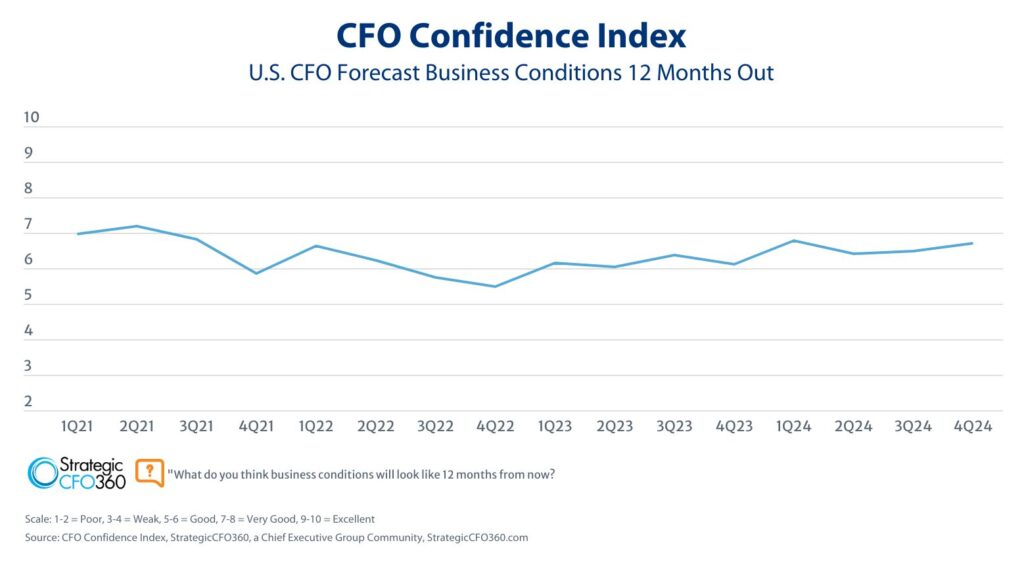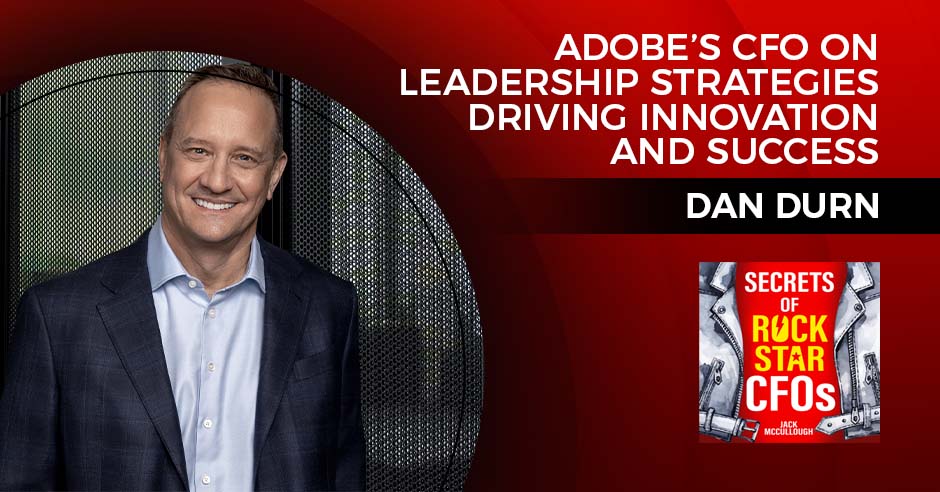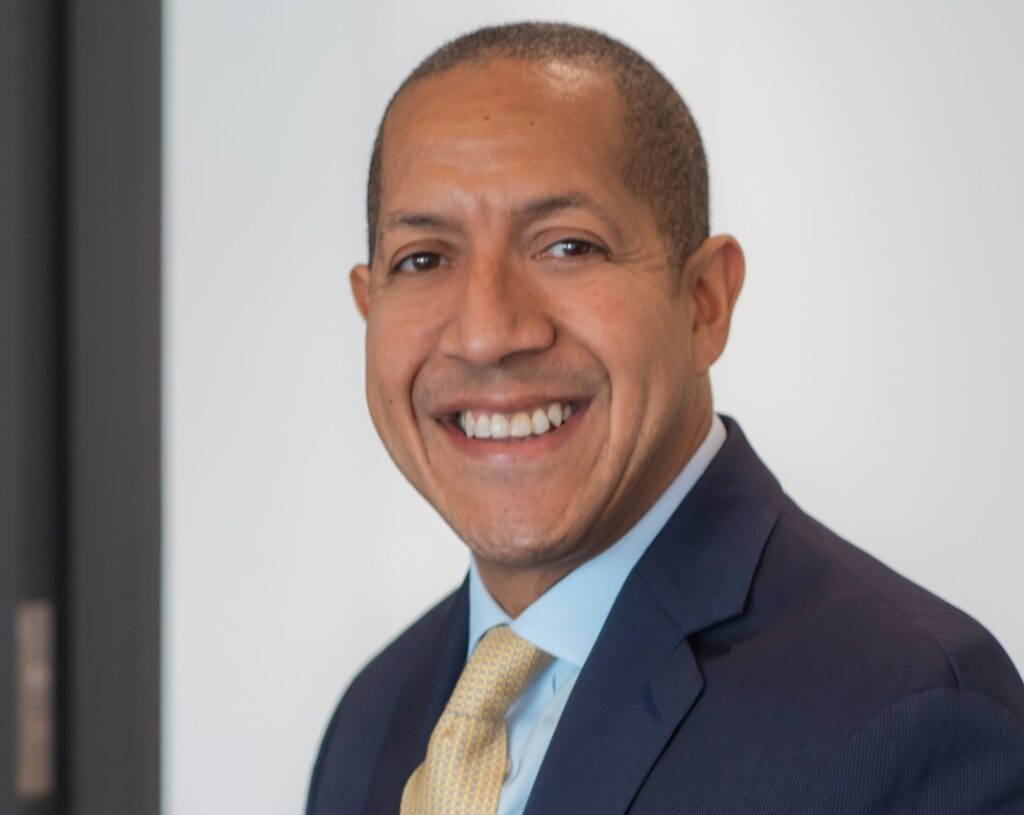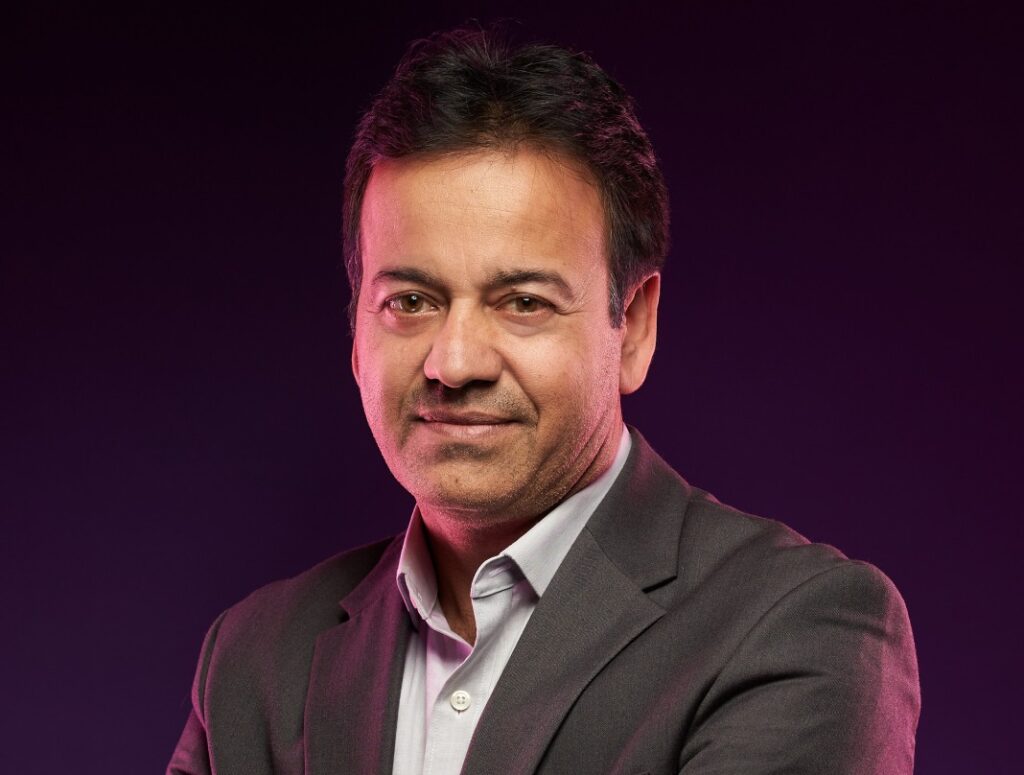Companies’ ties to their banking partners are as critical as ever and an area of focus since the mini-crisis of 2003. Although commercial loan terms and standards have tightened with the rise in interest rates, U.S. companies maintain nearly half of their growing excess cash and short-term investments at U.S. banks, according to the latest liquidity survey from the Association for Financial Professionals.
According to the AFP survey results, counterparty risk and banks’ financial health are still crucial yardsticks for CFOs and treasurers, but the quality of the overall relationship with a financial institution wins out when selecting a partner.
Our Katie Kuehner-Hebert spoke with William J. Fink, head of U.S. commercial bank strategic partnerships at TD Bank, to understand how banks view the current business and investment climate. He outlined some of the opportunities and risks CFOs must manage in the second half of 2024.
Where do you see signs of strength and opportunity for U.S. businesses?
Targeted capital investment is one area where I see both strength and opportunity. This trend runs counter to the historical relationship between high interest rates and the tightened lending standards that emerged following the failures of Silicon Valley Bank and Signature Bank last year.
The principal drivers of capital investment strength are the CHIPS and Science Act, the Inflation Reduction Act and state and local government economic incentives.
The CHIPS and Science Act provides a combination of $52.7 billion in subsidies, grants, loans and guarantees to bolster America’s domestic semiconductor supply chain; a $170 billion authorization for advanced technologies R&D; and a 25 percent investment tax credit for investment in domestic semiconductor manufacturing. Historically, the government has provided investment tax credits only on equipment and not buildings, and the largest of those was 10 percent.
The Inflation Reduction Act contains nearly $500 billion in new spending and tax breaks, with 85 percent of that directed to climate initiatives. About $270 billion is in tax credits, grants and loans focused on reshoring clean energy manufacturing, decarbonizing the power sector and building a clean supply chain.
These two laws are catalysts for investment in new manufacturing facilities for electric batteries, electric vehicles, semiconductors, subcomponents and clean energy production.
What challenges do CFOs face in the second half, and how could that hinder capitalizing on the opportunities?
CFOs will encounter several challenges, including:
- Sustainability of revenue and profitability as customer demand evolves
- Efficiencies improvement through the integration of new technologies and automation
- Workforce training and retention
- Cyber risk management and protection of intellectual property
- Lingering supply chain issues and shortages of materials and components
In the context of a dynamic strategic planning process, these challenges can become the catalyst for identifying new organizational initiatives rather than undue impediments to new business opportunities, including revenue growth and expansion. The challenges can also provide a basis for future M&A opportunities as interest rates decline and valuation multiples normalize across industries.
What kind of M&A opportunities are or will become popular or advantageous in the second half?
Add-on acquisitions provide opportunities for CFOs to strengthen an existing line of business, grow market penetration or enter a new market or line of business with a robust growth trajectory and greater financial returns.
Using the private equity sponsor market as a proxy, we find that add-on deal activity totaled 3,951 transactions during 2023, according to Pitchbook. Median 2023 deal size was $60 million. That was an increase from fiscal 2022, when the median deal size was $40.05 million.
During 2023, nearly 80 percent of private equity add-on deal activity was concentrated in the business-to-business, technology, healthcare services and business-to-consumer sectors. The outlook is for add-on deal activity to remain active, given the potential for almost immediate accretion to earnings, often a prime barometer for CFOs.
[Overall M&A activity picked up in the first half of 2024. For example, 20 mega-deals—those valued at $10 billion or more—occurred in the first half, up 70% from a year earlier, according to LSEG Data & Analytics.]
What should CFOs look for in a financing or banking partner, especially a long-term one?
CFOs should look for a financial institution or partner with sufficient regulatory capital to support the CFO’s business’s current and future borrowing needs. In addition, the partner should have a stable and consistent credit policy that provides financing support to the CFO and the business through the entire economic cycle.
A broad array of lending, depository, capital market, derivative and foreign exchange products that can serve the business’s present and future needs as it grows and evolves is also essential. Finally, CFOs should work with a partner who knows the company’s industry, understands its current and future trends and can provide proactive advice and solutions as those trends emerge.








